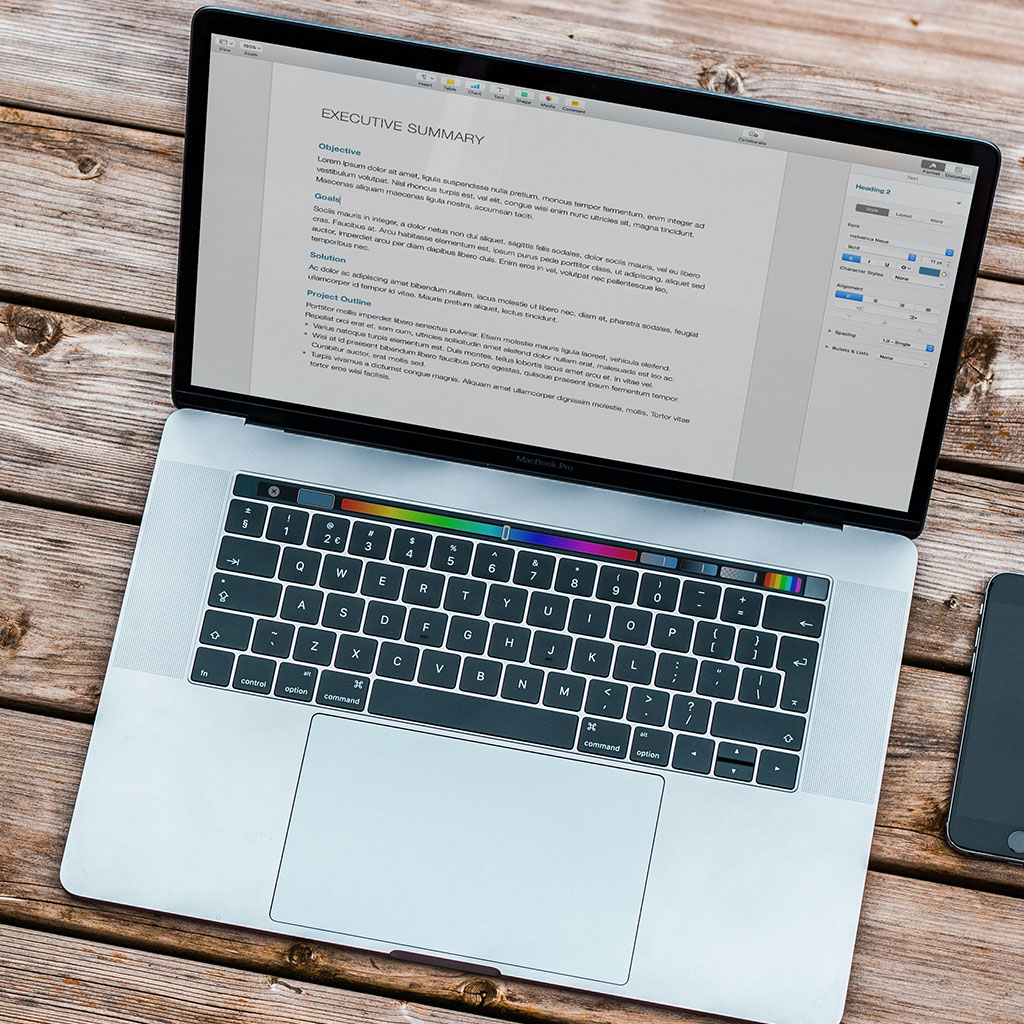How to stop incoming calls on MacBook?
How to stop incoming calls on MacBook?
Tired of receiving phone calls on your MacBook? This step-by-step guide will show you how to seamlessly disable incoming calls, allowing you to focus on your tasks without disruptions.
Put an end to those annoying incoming calls on your Macbook!
To stop incoming calls on your MacBook, follow these steps:
- Turn off Continuity Calling:
- Open the “FaceTime” app on your MacBook.
- In the menu bar, click “FaceTime” and select “Preferences.”
- Uncheck the box next to “iPhone Cellular Calls.” This will disable the feature that allows calls to be forwarded from your iPhone to your MacBook.
- Adjust iPhone Settings:
- On your iPhone, go to “Settings” and select “Phone.”
- Tap “Calls on Other Devices” and toggle off the switch for your MacBook. This ensures that calls won’t be routed to your MacBook.
- Sign Out of iCloud on MacBook (Optional):
- If you want to completely disconnect your MacBook from your iPhone, you can sign out of iCloud on your MacBook. This will prevent any Continuity features, including call forwarding, from working.
- Set Do Not Disturb:
- Open “System Preferences” on your MacBook.
- Click on “Notifications” and select “Do Not Disturb” from the list on the left.
- Set a schedule or manually turn on “Do Not Disturb” mode to temporarily silence all notifications, including incoming calls.
- Silence Ringtone and Alerts:
- Go to “System Preferences” and select “Sound.”
- Under the “Sound Effects” tab, adjust the slider for “Alert Volume” to the minimum level. This will mute the ringtone for incoming calls.
- Customize Notifications:
- In “System Preferences,” go to “Notifications.”
- Select “FaceTime” from the list on the left and customize the notification settings to your preference. You can choose to turn off banners, sounds, and other notification options.
By following these steps, you can effectively stop incoming calls on your MacBook. Keep in mind that these methods focus on silencing calls rather than blocking specific phone numbers. If you want to block specific callers, you may need to explore additional settings or third-party applications.
Can I Utilize “Do Not Disturb” for Temporarily Blocking Calls?
Absolutely, you can certainly use the “Do Not Disturb” feature on your MacBook to temporarily block incoming calls. This function is a powerful tool designed to keep disruptions at bay while you focus on your tasks. When activated, “Do Not Disturb” silences all notifications, including calls, messages, and alerts, ensuring uninterrupted work or leisure time. You have the flexibility to schedule “Do Not Disturb” for specific time frames or enable it manually whenever you need a break from notifications. This feature is especially useful in professional environments or during crucial tasks where concentration is paramount. By utilizing “Do Not Disturb,” you can create a distraction-free zone and maintain productivity without missing important calls altogether.
Additionally, “Do Not Disturb” provides a degree of customization, allowing you to refine its behavior. Within the settings, you can choose to allow calls from specific contacts, ensuring that important communications are not entirely blocked. This way, you can strike a balance between uninterrupted workflow and staying accessible to key contacts. “Do Not Disturb” is a versatile tool that empowers you to take control of your notifications, tailoring them to suit your specific needs and schedule.
Are there other sound-related settings that can help prevent call interruptions?
In addition to customizing FaceTime notifications, there are other sound-related settings within the Settings app of your MacBook that can further help prevent call interruptions. One notable built-in feature is the ability to set specific ringtones or notification sounds for different contacts. By assigning distinct sounds to important contacts, you can instantly identify who is calling without needing to check your screen, allowing you to gauge the urgency of the call and decide whether to interrupt your current task. This way, you can proactively manage incoming calls and respond accordingly, minimizing disruptions from unwanted or non-urgent calls. Additionally, within the Settings app, you have the option to adjust the volume levels for incoming phone calls. By customizing the ringtone and alert volume, you can find a balance that ensures you’re alerted to calls without them being overly intrusive.
Furthermore, if you find that the built-in sound settings aren’t providing the level of call management you desire, you may explore third-party apps designed to enhance call control. These apps often offer advanced features like call screening, personalized call filters, and more robust notification customization options. They can be particularly useful for users who receive a high volume of calls and need comprehensive tools to filter and prioritize them. While the Settings app offers a range of effective tools, these third-party solutions can provide an extra layer of control for managing incoming calls on your MacBook.





You must be logged in to post a comment.